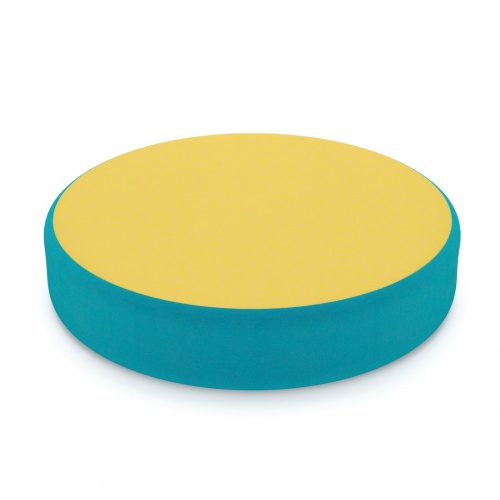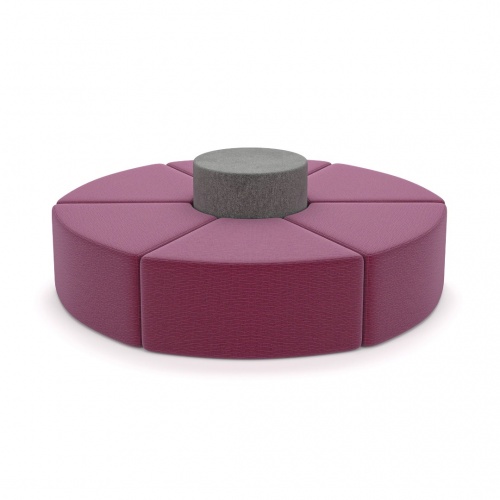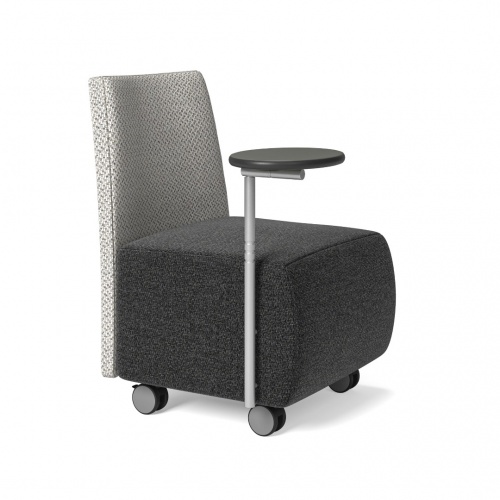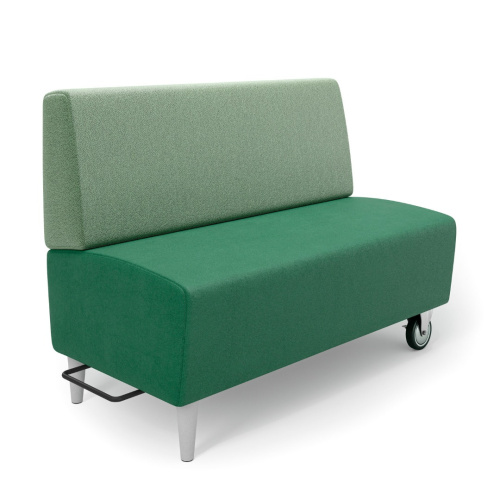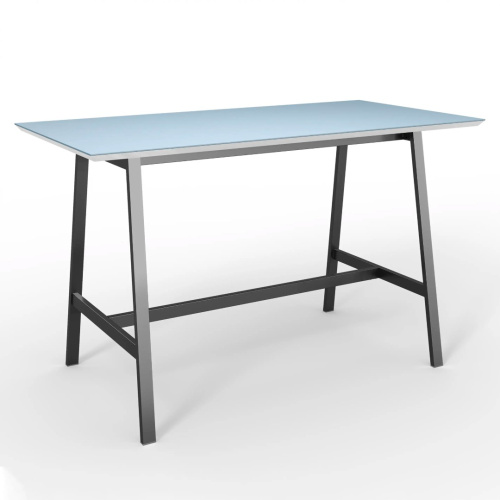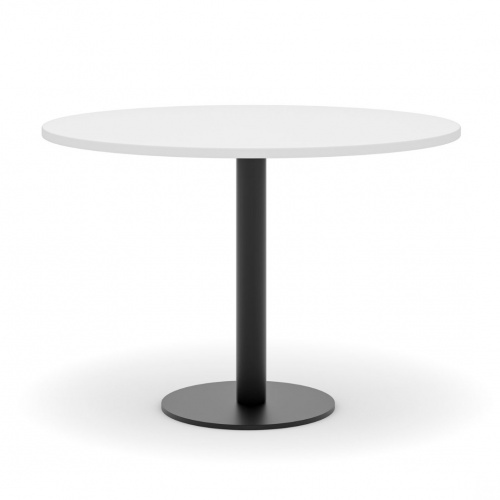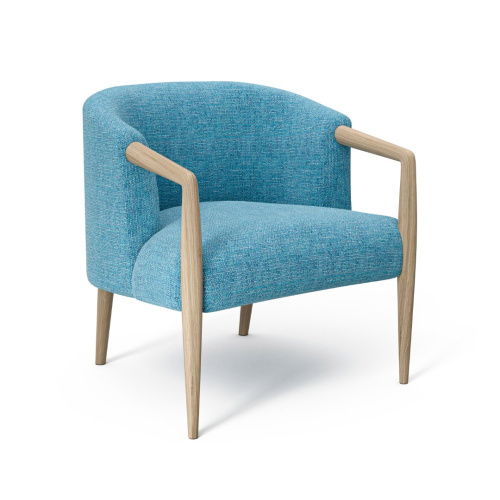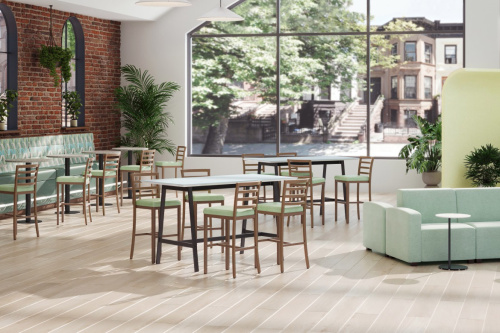In the age of digital transformation, libraries have adapted, not just in the wealth of electronic resources they offer but also in the very essence of their physical spaces. At the heart of this evolution is library furniture. No longer just a haven of bookshelves and reading tables, today's libraries have undergone a metamorphosis, where the furniture plays a pivotal role in defining its multifunctionality and ambiance. Modern library furniture isn't merely functional; it's a testament to the changing dynamics of learning, collaborating, and relaxing. In this section, we'll delve into the integral role that library furniture plays in crafting the modern-day library experience and how it sets the tone for diverse activities, from focused study to casual lounging.
Comfortable Soft Seating: The New Lounging Zones
The library of today understands the importance of creating a homey atmosphere. Gone are the days when stiff chairs and stern tables were the norm. Today's library furniture prioritizes comfort. Soft seating areas with plush chairs, couches, and bean bags invite visitors to relax, read, or even daydream. These lounging zones, often situated near windows or in cozy corners, offer relaxation and concentration. With the addition of these soft seating arrangements, libraries become more than places to study; they transform into welcoming spaces for contemplation and casual reading. This evolution showcases how modern library furniture caters to the diverse needs of its patrons, ensuring that everyone, from the casual reader to the serious researcher, finds their perfect spot.
Modular Library Furniture for Kids: Creating Dynamic Learning Spaces
Children are naturally inquisitive and dynamic, and their spaces within libraries should reflect this energy. Modular library furniture has revolutionized kids' areas into interactive, adaptable learning environments. With furniture pieces that can be easily rearranged, children are free to create their own unique spaces, fostering creativity and independence. But it's not just about fun and games. Modular furniture in children's zones is designed with safety and durability in mind. Rounded edges, non-toxic finishes, and stable designs ensure that even in the most animated moments, safety is never compromised. Additionally, these pieces often incorporate vibrant colors and playful designs, resonating with the lively spirit of young learners.
The modular design ensures the space remains flexible, from movable bookshelves to adjustable tables and chairs. Whether it's for a group story session, an art project, or individual reading time, the furniture can be tailored to the needs of the moment. By investing in such dynamic library furniture, institutions send a clear message: libraries are evolving to be more inclusive, accommodating, and tuned into the needs of their youngest patrons.
Computer Lab Areas: Merging Technology with Ergonomic Design
In the digital age, libraries have extended beyond just books and periodicals. They have become tech hubs, offering access to computers, digital resources, and online databases. As such, library furniture must adapt to cater to this technological shift, ensuring comfort, functionality, and seamless integration.
Ergonomic chairs and adjustable height tables in computer lab areas are pivotal in promoting good posture and reducing physical strain. With users often spending extended hours on computers, the furniture must support optimal body alignment, reducing the risks of musculoskeletal issues.
Apart from individual workstations, modern library furniture for computer labs also accommodates collaborative work. This might include larger tables for group projects equipped with charging ports and cable management systems to keep the area tidy.
The design aesthetics shouldn't be overlooked either. Sleek, modern designs and functionality can make these spaces inviting and conducive to focused work. By integrating technologically equipped furniture that's also ergonomically sound, libraries signal their commitment to bridging the gap between traditional knowledge and modern digital tools.
Community Tables and Group Study Zones: Fostering Collaboration and Interaction
The role of libraries as community hubs is seeing a renaissance, and furniture plays a pivotal role in this transformation. Modern library furniture is designed for individual study and fosters collaboration, discussions, and group learning.
Community tables are a testament to this shift. These large tables, often equipped with charging stations and ample seating, allow groups to collaborate, discuss ideas, work on joint projects, or even attend workshops. The open design promotes interaction, making it a perfect spot for brainstorming sessions or group assignments.
In addition to community tables, modular seating arrangements for group study zones allow flexibility. These can be rearranged based on the group's size, facilitating small team discussions and larger group activities. Furthermore, these zones often come equipped with whiteboards, screens, and other interactive tools, amplifying the collaborative experience.
When integrating library furniture for group study zones, it's essential to consider noise management. While collaboration is encouraged, the noise shouldn't disturb other library patrons. Acoustic furniture solutions, like sound-absorbing panels or room dividers, can create semi-private spaces within the larger library environment.
In essence, by investing in furniture that encourages community and collaboration, libraries are re-establishing themselves as dynamic spaces for collective learning and interaction in the age of digital individualism.
Computer Lab Areas: Merging Tradition with Technology
Libraries have always been repositories of knowledge, but the modern era requires them to be tech hubs as well. The integration of computer labs within libraries showcases this seamless blend of tradition and technology, and the library furniture plays an instrumental role in facilitating this merger.
Dedicated computer lab areas in libraries require functional and ergonomic furniture. Desks need to be spacious enough to accommodate computer setups, provide pathways for cable management, and should be at a height that prevents strain during prolonged usage. Ergonomic chairs, which offer ample lumbar support and are adjustable to different heights, ensure that users can access the computers comfortably for extended periods.
Beyond individual computer stations, modern library furniture for tech areas includes provisions for printer stations, charging docks, and even spaces for VR setups or other advanced tech tools. These spaces often incorporate soft lighting to reduce screen glare and maintain a comfortable ambiance.
But it's not just about the hardware. The design of computer lab furniture also takes into consideration the need for collaboration. This is evident in the inclusion of shared workstations or computer tables that allow multiple users to work side by side, perfect for group projects or collaborative research.
In sum, the evolution of library furniture for computer labs underlines the library's role in the digital age. It's not just about housing books but also about providing access to digital resources and creating an environment conducive to tech-based learning.
Community Tables and Seating: Fostering Collaboration and Connection
Modern libraries are more than just places to read or study; they've evolved into community hubs where people gather, collaborate, and share ideas. Central to this evolution is the design and placement of community tables and seating areas, a testament to how library furniture reshapes how we perceive these public spaces.
Community tables are typically larger, accommodating multiple individuals. Their design encourages open discussion, teamwork, and communal learning. These tables often feature integrated power sources, allowing users to charge devices, and they're spacious enough to spread out books, laptops, and other materials.
Seating around these tables varies to cater to different needs. The variety is vast, from cushioned chairs that can be moved around for impromptu group sessions to fixed stools that encourage quick discussions. Moreover, the arrangement isn't just horizontal. Many modern libraries, taking cues from co-working spaces, have multi-tiered seating areas, maximizing space and offering varied environments for interaction.
Additionally, the furniture's aesthetic plays a pivotal role in making these community zones inviting. Warm wood finishes, organic materials, and pops of color can transform a simple table and chair setup into a lively collaboration spot.
Community tables and seating areas underscore the library's shift from a solitary environment to a collective one. Through thoughtfully chosen and designed library furniture, these spaces are now vibrant hubs of community engagement, discussion, and collaborative learning.
The Future of Library Furniture: Sustainability, Adaptability, and Technological Integration
As we look ahead, the landscape of library furniture is set to experience further evolution, mirroring the changing needs of library-goers and the more significant trends in design and technology.
- Sustainability: Modern library furniture is transitioning to eco-friendly materials like bamboo and recycled plastics, reflecting environmental priorities and the library's role in promoting sustainable practices.
- Adaptability: Libraries are evolving into versatile spaces. Hence, furniture like modular pieces, stackable chairs, and movable partitions that cater to diverse needs—like quiet reading in the morning and interactive workshops in the afternoon—are becoming essential.
- Technological Integration: The digital era demands library furniture with tech features. Expect tables with wireless charging, chairs with device ports, and smart lockers for gadget storage, ensuring libraries remain hubs for traditional and digital learners.
As the roles and expectations of libraries expand and diversify, so will the furniture within them. By anticipating these shifts and investing in forward-thinking designs and features, libraries can ensure they remain vital community spaces for generations to come. The transformation of libraries is intrinsically tied to the evolution of library furniture. As these spaces evolve to cater to modern needs, the furniture within them plays a pivotal role in defining their functionality and ambiance. Are you looking to reimagine your library space, invest in sustainable, adaptable, tech-integrated furniture or elevate your library's appeal and function? Explore the latest library furniture from Falcon today and reshape your space for tomorrow's users.

